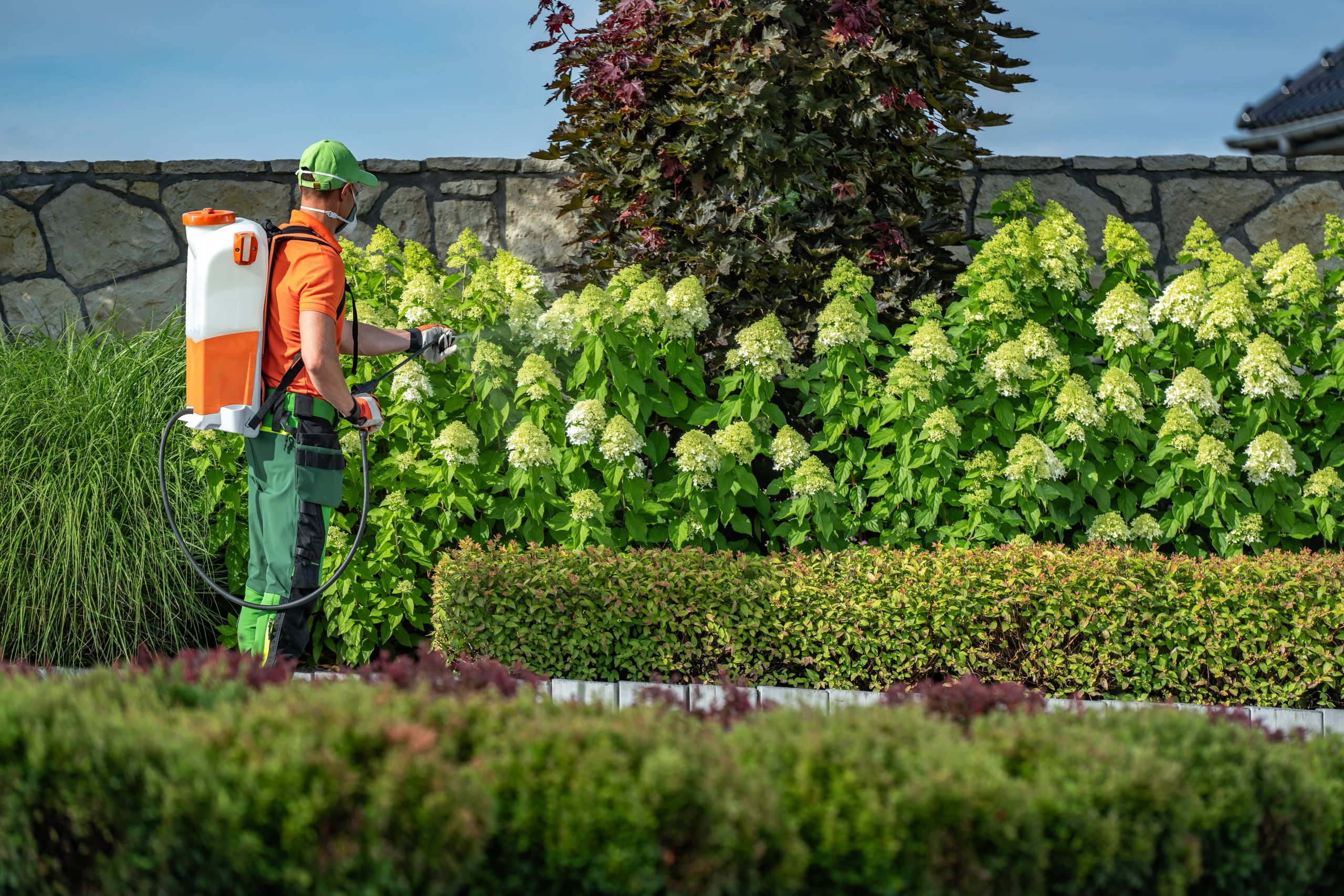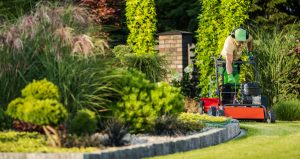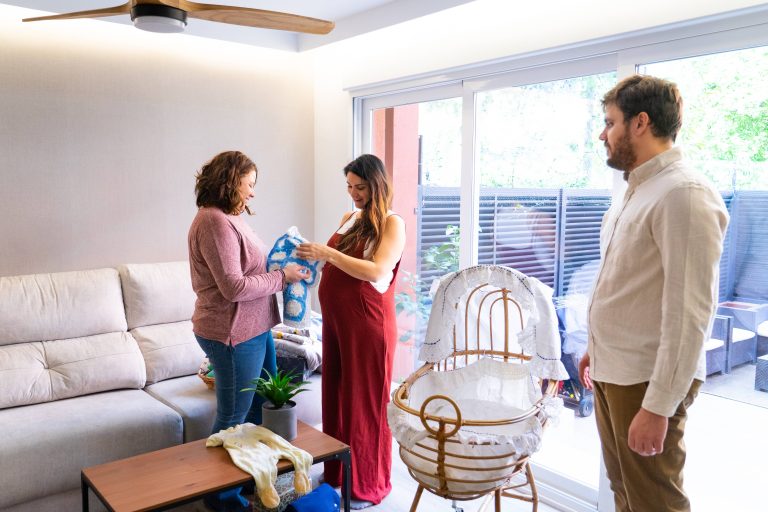
Designing your first flower bed is an exciting venture that not only brings beauty to your outdoor space but also offers you a rewarding experience as a gardener. Whether you’re looking to add a splash of color, attract pollinators, or simply enjoy the tranquility of nature from your doorstep, a well-planned flower bed can accomplish all these goals. Here’s a step-by-step guide to help you create a vibrant and successful flower bed that you’ll enjoy for years to come.
1. Choosing the Perfect Location
The first step in designing your flower bed is selecting the right spot. Consider the following factors to ensure your flowers will thrive:
– Sunlight: Most flowering plants require at least six to eight hours of sunlight per day. Observe your yard to determine which areas receive the most sunlight.
– Soil Drainage: Flowers generally dislike soggy soil. Look for a location with well-draining soil to prevent root rot.
– Accessibility: Choose an area that’s easy to access for planting, watering, and maintenance.
– Visibility: A flower bed near an entrance, pathway, or window can enhance the aesthetic appeal of your home.
2. Planning Your Design
Once you’ve chosen a location, it’s time to plan your design. This involves selecting the shape, size, and layout of your flower bed.
– Shape and Size: Start with a simple design to avoid becoming overwhelmed. Oval, rectangular, or kidney-shaped beds are beginner-friendly. Consider the scale of your yard and house when deciding on size.
– Layout: Sketch a rough plan of your flower bed. Incorporate different heights, textures, and colors to create visual interest. Layer from tallest at the back to shortest at the front if your bed is against a wall or fence, or tallest in the center if it’s island-shaped.
3. Selecting Your Flowers
Choosing the right flowers is essential to the success of your flower bed. Here’s how to make informed choices:
– Climate Compatibility: Select plants that thrive in your climate zone. Consult local garden centers or online resources to find flowers suited to your region.
– Bloom Time: Mix perennials (plants that come back every year) and annuals (plants that complete their lifecycle in one year) to ensure continuous blooming throughout the seasons.
– Colors and Textures: Choose a cohesive color scheme that complements your home and surroundings. Include a variety of textures for added interest.
– Attract Pollinators: Consider plants that attract bees, butterflies, and hummingbirds to enhance biodiversity.
4. Preparing the Soil
Healthy soil is crucial for a thriving flower bed. Follow these steps to prepare your planting area:
– Clear the Site: Remove grass, weeds, and debris from the area. You can use a garden spade or a sod cutter for this task.
– Improve Soil Quality: Test the soil’s pH and nutrient levels. Amend the soil with compost or organic matter to improve its structure and fertility. A general rule is to add 2-3 inches of organic matter to the top 6-12 inches of soil.
– Leveling and Tilling: Rake the area to level the surface and break up any clumps of soil. Tilling helps aerate the soil, promoting root growth.
5. Planting Your Flowers
Planting is undoubtedly one of the most fulfilling stages of flower bed creation. Follow these steps to ensure a successful planting process:
– Position Plants: Arrange the plants on the soil surface in their designated spots according to your design plan. This will give you an idea of how the finished bed will look.
– Planting Depth: Dig holes according to the size of each plant’s root ball. Typically, the hole should be twice as wide and the same depth as the root ball.
– Spacing: Ensure sufficient space between plants based on their mature size. Overcrowding can lead to competition for nutrients and light.
– Watering In: Once planted, water thoroughly to settle the soil around the root balls. This helps eliminate air pockets and ensures good root-to-soil contact.
6. Mulching and Maintenance
Proper maintenance ensures your flower bed remains vibrant and healthy. Implement these key practices:
– Mulching: Apply a 2-3 inch layer of organic mulch, such as shredded bark or straw, to retain moisture, regulate soil temperature, and suppress weeds.
– Watering: Consistently water your flower bed, especially during the initial growth phase. Ensure water penetrates deeply into the soil.
– Fertilizing: Feed your plants periodically with a balanced, slow-release fertilizer to promote healthy growth and blooming.
– Pruning and Deadheading: Regularly prune dead or diseased plant parts. Deadheading, or removing spent flowers, encourages more blooms.
7. Enjoying Your Creation
Now that your flower bed is in place, take time to enjoy your hard work. Spend moments appreciating the vivid colors, soothing fragrances, and visits from pollinators. Gardening is not just about results; it’s about finding joy in the ongoing process of nurturing growth and beauty.
Creating your first flower bed may seem daunting at first, but by following these steps, you’ll have a flourishing garden that adds charm and vitality to your outdoor space. Remember, gardening is a continual learning process, so don’t be afraid to experiment, make mistakes, and cultivate your green thumb over time. Happy gardening!













